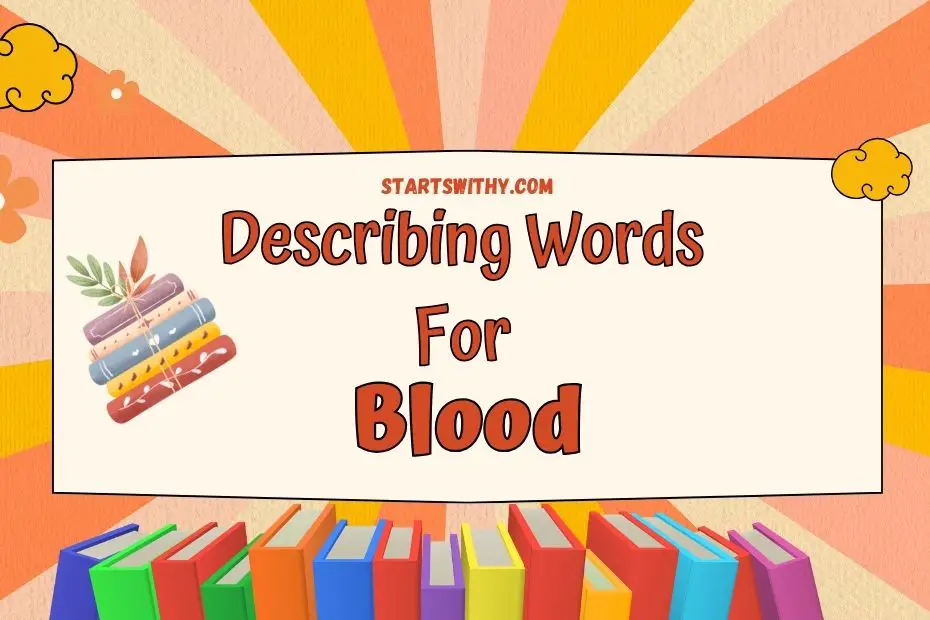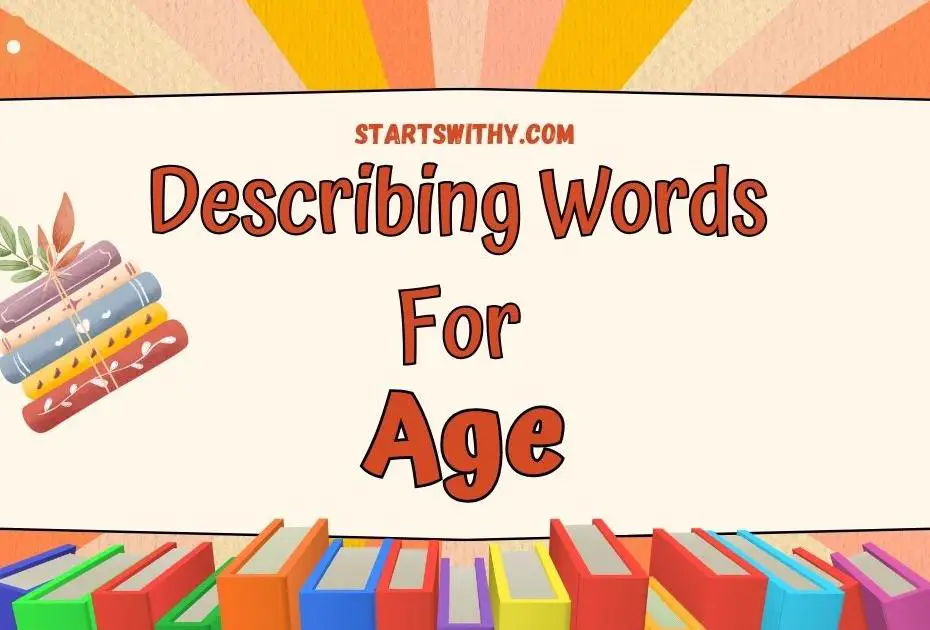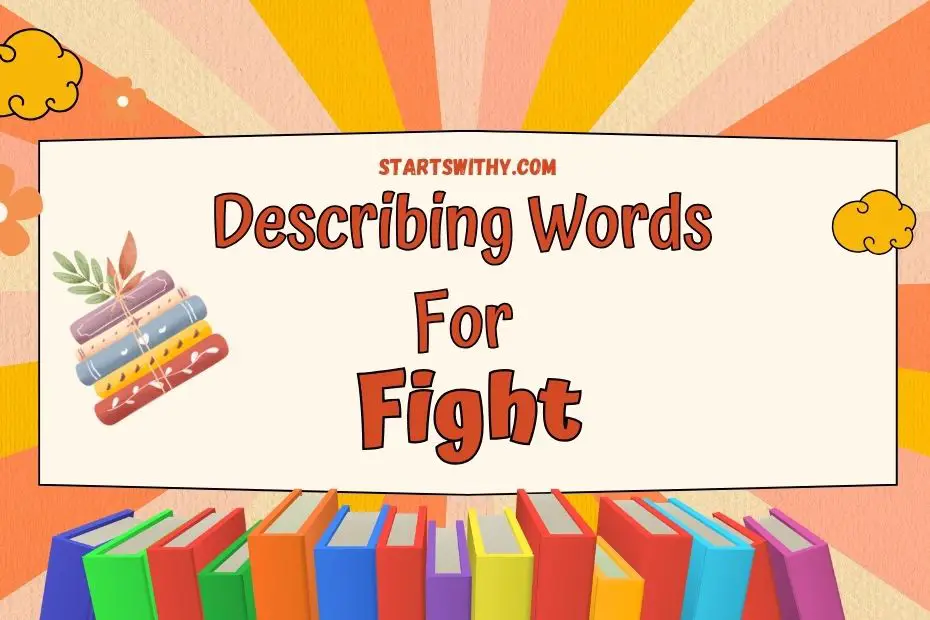Ever stumbled over whether to write “happy family” or “happily family”? That’s adjective agreement in action, ensuring that descriptors match their subjects in number, gender, and case. I’ll guide you through the essentials of getting this right every time, so your writing is as polished as a diamond.
Mastering adjective agreement is like adding the final touch to a painting—it makes all the difference. Stick with me, and you’ll be crafting sentences that flow seamlessly, catching the reader’s eye with their perfect harmony. Let’s dive into the nitty-gritty of aligning your adjectives with their subjects flawlessly.
Understanding Adjective Agreement
Adjective agreement seems daunting at first, but I’ve found that it’s much like sorting a pile of colorful blocks by shape and size—it’s all about matching. Whether teaching tiny tots or refining our own writing, keeping adjectives in line with their subjects is key. Remember, adjectives are the words that describe nouns, and they need to correspond in terms of number, gender, and case.
Let me guide you through an example. When talking about one playful puppy, we say “The small puppy barks.” If there are two puppies, the sentence should read “The small puppies bark.” Notice the adjective remains unchanged? That’s because in English, adjectives don’t change with number, but in many languages, they do. Picture cubes where one side fits a single block and another side fits multiple.
In terms of gender, some languages have distinct forms for masculine, feminine, and neuter nouns. English largely skips this step, offering a one-size-fits-all solution. However, knowing this is beneficial for multilingual environments.
Case is like the angle at which you slot a block into its space. It’s not prominently featured in English, but it’s crucial in other languages where the role of a noun in a sentence—such as subject or object—affects the form of the adjective.
As we work with children, simple, consistent reinforcement of these principles through examples sustains trust in the structure of language. I use vibrant visuals or relatable scenarios that exemplify these subtle shifts, laying a foundation that will support their language development for years to come.
- Number agreement refers to matching singular and plural nouns with their descriptors.
- Gender agreement may not play a significant role in English, but it can be vital in other languages.
- Case agreement affects the adjective form in languages with complex grammatical structures.
By threading these elements into our teaching techniques, we can help cultivate an intuitive understanding of adjective agreement. Common patterns emerge, building confidence in both recognizing and using language correctly. The aim is not only teaching rules but also fostering an appreciation for the elegance of communication that these tiny tweaks in our words bring into play.
Matching Adjectives with Singular Subjects
When teaching kindergarteners and preschoolers the basics of language, it’s crucial to start with the simplest components. Adjective agreement with singular subjects forms the foundation. I’ve found that children grasp the concept quickest when I use *vivid, singular nouns and pair them with appropriate descriptors.
Let’s consider the word ‘cat’, a singular noun. It’s vital to select adjectives that match, such as ‘small’ or ‘fluffy’. My strategy often involves several techniques:
- Visual Aids: Using pictures of a small, fluffy cat helps anchor the adjectives in the young learners’ minds.
- Repetition: I’ll consistently pair the singular noun with the matching adjectives in varied contexts and sentences.
- Engagement: Asking the children to describe a singular object themselves encourages active application of the rules.
In languages like Spanish, adjectives often have to agree in gender as well as number. Yet, in English, our focus is generally on the singular versus plural distinction, which simplifies teaching to some extent. Gender agreement is less of an issue in English, a relief when we’re covering the very basics.
I integrate themes that resonate with the children. For instance, talking about ‘A big moon’ or ‘A warm sun’ during a discussion about the sky. This thematic approach ties in adjective agreement with topics they are already interested in, elevating their engagement and facilitating organic learning.
Adjectives play a myriad of roles beyond mere description. They can convey emotion, quantity, and qualities that can be subjective or objective. By teaching young kids to match these descriptors accurately with singular subjects, I’m laying the groundwork for them to express their thoughts and feelings in more complex ways as they grow.
In practice sessions, I’ll often mix and match to ensure that children understand the concept in a wider context. I ask questions like “Is this apple big or small?” while holding up an apple. The physical presence of the object along with the question helps reinforce the lesson.
For consistency, I keep a checklist that provides structure to the learning experience:
- Identify the singular subject
- Choose matching adjectives based on size, color, or quality
- Use them in a sentence spoken out loud
- Repeat with different objects and adjectives
Matching Adjectives with Plural Subjects
When it comes to teaching preschoolers about adjectives that pair with plural nouns, I use a slightly different approach than with singular subjects. It’s vital to help young learners recognize that descriptors need to adjust to match the plurality of the noun they’re modifying. I often initiate these lessons with a simple explanation that, just like with singular nouns, the adjectives give us more information about the nouns they describe, but they have to “agree” with the noun in number.
A practical strategy I employ is using visual aids featuring plural nouns with matched adjectives. For instance, images of ‘small cookies’ or ‘tall buildings’ help them to see the connection between the adjective and the noun it describes. It’s not just about adding an “s” at the end of nouns to make them plural, adjectives sometimes change form or stay the same, depending on the word.
I’ll then incorporate interactive activities to help cement their understanding. These activities could include:
- Sorting games with cards that have images and words, where children group adjectives with the appropriate plural nouns.
- Storytime sessions where I read aloud and pause for children to shout out adjectives that could describe the plural nouns in the story.
- Crafts that involve creating plural noun and adjective pairings, like a ‘colorful kites’ mobile that they can take home.
By blending repetition and interactive play, kindergarten and preschool teachers can foster an environment where learning the concept of adjective agreement with plural subjects becomes a fun and memorable experience. It’s also helpful to integrate diverse vocabulary gradually, making sure new adjectives are simple enough for kids to understand and use.
I find it crucial to practice adjective-noun matching with both regular and irregular plural forms, as it equips children with the skills to navigate the intricacies of the English language more confidently. To further support their learning, regularly revisiting the subject in various contexts throughout the school year helps reinforce their grasp on adjective and noun agreement.
Ultimately these foundational language skills are stepping stones, preparing young minds for more sophisticated language use in the future. As they advance, they’ll be able to create more dynamic sentences, enhancing their ability to communicate effectively and creatively.
Matching Adjectives with Masculine Subjects
When I delve into the concept of adjectives and masculine subjects with my young learners, I find it essential to establish clear examples. Since masculine nouns are customary in many languages, it’s important for kids to realize how adjectives must correspond in gender when they’re describing these subjects.
One effective method I use is to introduce adjectives that are commonly paired with masculine subjects. For instance, words like “strong,” “brave,” and “bold” often characterize superheroes or male characters in stories. It’s not only about the words themselves but also about the contexts they’re used in.
I break it down with simple, relatable sentences like “He is tall” instead of “He is nice.” The specificity of “tall” is tangible for children, making the masculine subject and adjective pairing more memorable.
Furthermore, I often integrate this learning with thematic units on community helpers. Here, adjectives like “helpful,” “courageous,” and “active” come into play, as we talk about firefighters, police officers, and doctors. These conversations don’t just teach grammar—they also open channels for character education, linking descriptive language skills with real-world roles.
Visual aids can be powerful, so I use flashcards with male figures and a variety of adjectives to enrich their learning. This tactile experience helps reinforce the adjective-subject agreement. Interactive activities also play a vital role here. Kids enjoy sorting games where they match adjectives to the correct masculine subjects. It’s an engaging way for them to practice what they’ve learned.
Last but not least, I encourage consistent exposure to literature that exhibits strong adjective use. Picture books with male protagonists are particularly useful. As we read, I pause to highlight examples of adjectives that describe masculine subjects, and this helps solidify their understanding.
In these teachable moments, it’s imperative to maintain an open dialogue. I answer questions to clarify doubts and challenge the kids to come up with their own sentences. This participatory approach ensures young students become comfortable with language usage in a way that feels natural to them.
Matching Adjectives with Feminine Subjects
When teaching adjective agreement, it’s just as crucial to focus on feminine subjects. In my experience, young learners often benefit from contrasting feminine and masculine uses side by side. This enhances their understanding of the subtle yet significant differences that adjectives undergo when applied to feminine nouns. I find that color-coding can be an effective tool here, perhaps using pink for feminine and blue for masculine, though any distinct colors will work.
As with masculine subjects, I start with a simple list of feminine nouns and then expand to include descriptive adjectives that must agree in gender. Engaging children in crafting projects that reflect these pairings brings the concept to life. For example, they could create a “Fancy Hat” for a “Pretty Woman” or design a “Beautiful Dress” for a “Tall Girl”. These art-based activities not only reinforce the language pattern but also let students express their creativity.
To ensure these lessons stick, I incorporate thematic units that resonate with children, like stories about animals or fairy tales, where there are plenty of opportunities to use feminine subjects with corresponding adjectives. Interactive storytelling sessions where kids can describe female characters or objects using proper adjective agreement help cement the lesson.
It’s valuable to have a variety of exercises that cater to different learning styles. I lean on multiple methods from pair matching games to fill-in-the-blank sentences, aiming to strengthen their grasp of adjective-noun agreement. It’s also helpful to display posters around the classroom that list adjectives compatible with feminine nouns as a visual reminder.
Lastly, open communication is vital. I encourage my students to ask questions and try forming sentences on their own. By allowing them to construct their own examples, they become more confident and autonomous in recognizing and applying the rules of adjective agreement. This fosters a sense of accomplishment and motivates them to keep practicing.
Conclusion
Mastering adjective agreement is crucial for crafting polished and precise language. Through the strategies I’ve shared, from color-coding to interactive storytelling, I’m confident you’ll find the right approach to teach this concept effectively. Remember, visual aids and open dialogue are your allies in this journey. With these tools in hand, you’re well-equipped to guide learners towards a solid understanding of matching subjects and descriptors, ensuring their communication is as clear and accurate as possible. Let’s embrace these methods and watch as our students’ skills in adjective agreement flourish.



